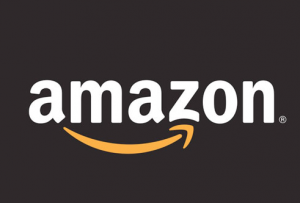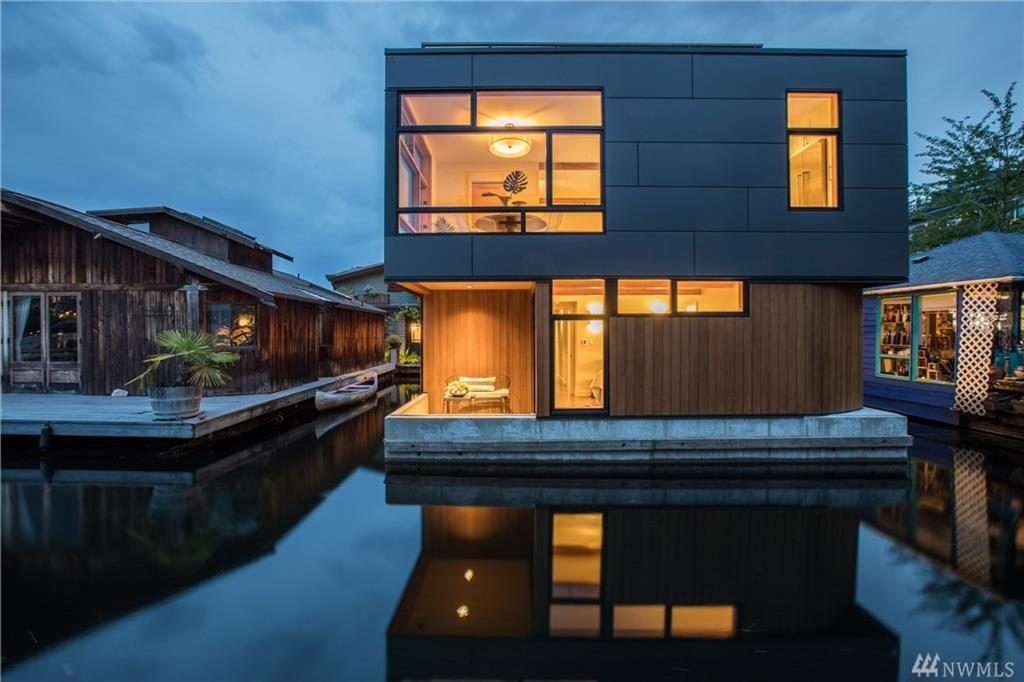
Corporations build facilities. Employees fill neighborhoods. Boeing built up around airfields, which swelled Renton and Everett. Microsoft built up the Eastside, which turned towns into cities. Amazon is building within the downtown core, and the Amazonians have been so drawn to urban living. Seattle’s neighborhoods are being redefined and redesigned to squeeze them in, creating modernization of houses and transportation.
A recent video does a great job of showing how dramatically Seattle is changing. Watch as buildings are turned into vacant lots, excavated, then filled with stories turning into towers that are wrapped in sheeting then windows. Just three years into this fifty year project, there’s a lot to watch go by.
Amazon isn’t responsible for all of the growth, however they are a major influence. The company has over eight million square feet of office space making it the occupant of over 19% of the city’s available offices. Within the city, the attention is drawn to South Lake Union as well as the bubble buildings. Across the continent, more of the attention is drawn to the current selection of HQ2, Amazon’s search for a second headquarters.
The Seattle growth has been sudden and surprising. In roughly ten years, the company moved from Beacon Hill to South Lake Union. Many companies could do the same thing, yet since 2010, the company has gone from 4,000 employees to over 40,000 today.That’s more than the population of Issaquah trying to fit into what is available. At that rate, it is no surprise they are racing to find room to grow. Boeing and Microsoft employees tended to sprawl compared to Amazon’s employees that emphasize density. With downtown offices, commuting and parking can be slow and expensive. One solution; live close, live along mass transit corridors, and maybe live so close that it’s possible to walk or bike to work.
The neighborhoods don’t get as much attention, still that is where another kind of change is happening. Check out this Queen Anne “tudor gone modern”:

Restorations: classic old homes are undergoing subtle transitions as old systems are replaced with newer technology. Preservation is impressive, but pragmatism means more efficient windows, more sustainable roofing and siding, modern appliances, and maybe some smart controls. Plumbers and electricians get to crawl around replacing old pipes and wiring making old homes act new. Seattle’s historic neighborhoods like Queen Anne may look slightly different from the curb, but hidden inside are big changes.

Renovations and remodels put a bit more modern character into the spaces, including the exterior. Browse the listings and find dozens of homes that look brand new and very modern, but are sitting on foundations that are decades old. Owners get a lot more design freedom. Flat roofs mean rooftop decks to catch glimpses of the skyline or the horizon. The more rectangular the design, the better use of volume and space. Considering the premium being paid for a lot, maximizing the value makes good sense. One solution is to get rid of the lot and build a modern home that floats. Eastlake is only one example of a sweet selection of sleek houseboat homes.

Densification has been the main theme. The government recognized the rapidly declining availability of vacant land. In that case, the best and possibly only way to grow is to put more people in the same amount of space. Backyard studios, old worksheds, even garages are being remade into ADUs (Auxiliary Dwelling Units.) Historic Craftsmans in Wallingford and Phinney Ridge may have smaller, modern cousins in their backyards. Tiny house enthusiasts rejoice! Lot sizes shrink as they’re split into two addresses.

Look at the video again. The growth most obvious in the video is in condos and apartments. Towers downtown are stacks of living spaces with no need for lawn maintenance. Balconies and rooftop decks give people access to the outside, perhaps even a place for container gardens. South Lake Union, Capitol Hill, and Pioneer Square are natural choices. With so many restaurants nearby, kitchens can be smaller. With gyms and theaters available, private living spaces while public spaces draw crowds. Small spaces must be efficient, so modernization steps in, again.
Depending on the study, about 50% to 70% Amazon’s workforce live inside the city. The effect of the other 30% to 50% becomes more diffuse the farther out they go. It is no surprise that urban doesn’t appeal to everyone, that some people want a larger yard, or have to compromise with a spouse’s commute.
Amazon’s 20,000 to 28,000 in-city employees are joined by other tech companies that chose the city for many of the same reasons. They amplify the effect. As much as some say Amazon has driven Seattle into great growth and unaffordability, the city is cheap relative to places like San Jose or Vancouver, B.C. Amazon may set the tone, however others are singing the same tune and are likely to continue singing it until Seattle catches up with its pricey coastal neighbors. Like it or not, growing up with Amazon has probably only just begun.
